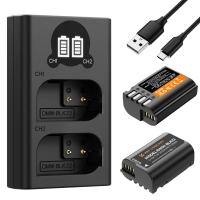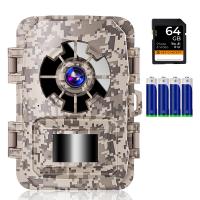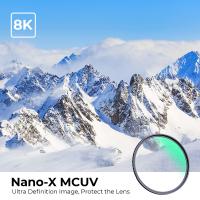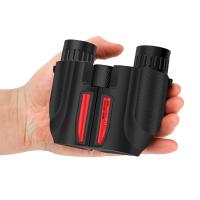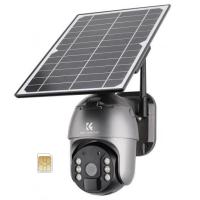Why Rangefinder Cameras Are So Expensive ?
Rangefinder cameras are often more expensive than other types of cameras due to several factors. Firstly, the design and construction of rangefinder cameras require precision engineering and craftsmanship, which can drive up the manufacturing costs. Additionally, rangefinder cameras often use high-quality materials and components, such as premium lenses and durable bodies, which contribute to their higher price point. Furthermore, the demand for rangefinder cameras is relatively niche compared to other camera types, resulting in lower production volumes and economies of scale. This limited market can lead to higher prices to cover the costs of research, development, and production. Lastly, the historical significance and reputation of certain rangefinder camera brands also contribute to their higher prices, as collectors and enthusiasts are willing to pay a premium for these iconic cameras.
1、 Precision engineering and high-quality optics
Rangefinder cameras are known for their precision engineering and high-quality optics, which contribute to their expensive price tags. These cameras are meticulously designed and manufactured to ensure exceptional image quality and precise focusing capabilities.
One of the main reasons for their high cost is the complexity of their mechanical design. Rangefinder cameras utilize a system of gears, levers, and mirrors to achieve accurate focusing. This intricate mechanism requires precise calibration and assembly, which adds to the overall manufacturing cost.
Additionally, rangefinder cameras often feature high-quality optics, including lenses with excellent glass elements and advanced coatings. These lenses are designed to minimize aberrations, distortions, and flare, resulting in sharp and clear images. The use of premium materials and advanced optical technologies further contributes to the overall cost of these cameras.
Furthermore, the demand for rangefinder cameras has decreased over the years, leading to a decrease in production volume. As a result, manufacturers have to compensate for the lower sales volume by increasing the price per unit to cover their costs. This limited market also means that manufacturers cannot benefit from economies of scale, which would typically reduce production costs.
It is worth noting that the latest advancements in digital technology have led to the development of more affordable mirrorless and DSLR cameras that offer similar image quality and features as rangefinder cameras. These alternatives have become increasingly popular among photographers, which may have further impacted the pricing of rangefinder cameras.
In conclusion, the precision engineering and high-quality optics of rangefinder cameras contribute to their expensive price tags. The intricate mechanical design, premium materials, and limited market demand all play a role in driving up the cost of these cameras.
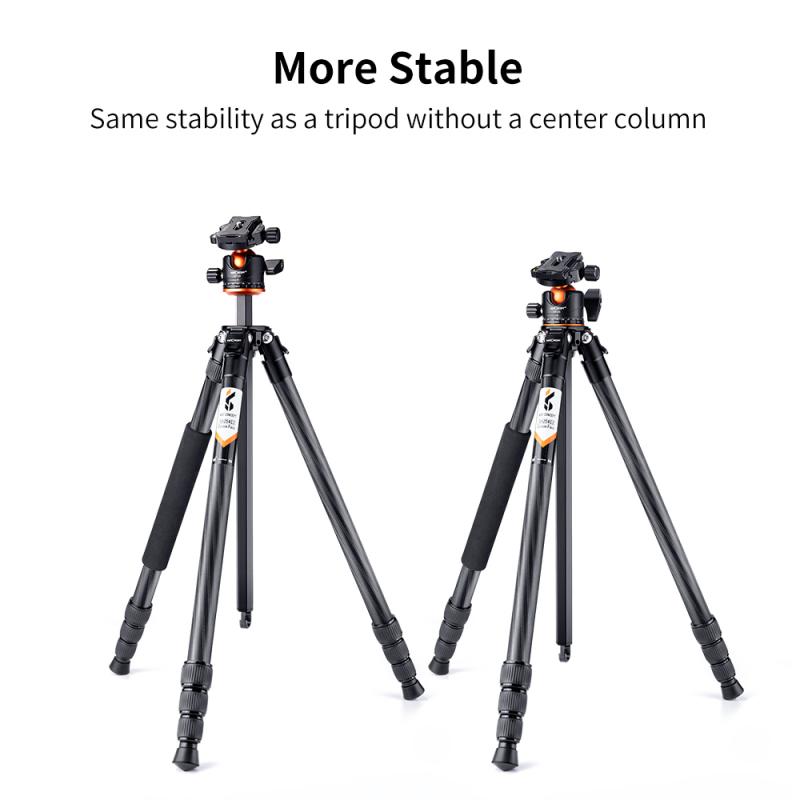
2、 Limited production and niche market demand
Rangefinder cameras are known for their precision, compactness, and unique shooting experience. However, their high price tags often leave potential buyers wondering why they are so expensive. There are several factors that contribute to the high cost of rangefinder cameras.
Firstly, limited production plays a significant role in the high price of these cameras. Unlike mainstream digital cameras, rangefinders are produced in smaller quantities by specialized manufacturers. This limited production results in higher manufacturing costs per unit, which are then passed on to the consumer. Additionally, the production process of rangefinder cameras requires skilled craftsmanship and meticulous attention to detail, further driving up the cost.
Secondly, the niche market demand for rangefinder cameras also contributes to their high price. Rangefinders cater to a specific group of photographers who appreciate the unique shooting experience they offer. This limited demand means that manufacturers cannot benefit from economies of scale, which would lower production costs. As a result, the price of rangefinder cameras remains high to cover the expenses associated with catering to a niche market.
Furthermore, the latest point of view on the high cost of rangefinder cameras is the incorporation of advanced technology. While rangefinders are known for their mechanical simplicity, modern versions often integrate digital features such as electronic viewfinders and advanced autofocus systems. These technological advancements increase the complexity of the camera's design and production, leading to higher costs.
In conclusion, the high price of rangefinder cameras can be attributed to limited production, niche market demand, and the incorporation of advanced technology. While these factors contribute to their exclusivity and unique shooting experience, they also make them less accessible to the average consumer.
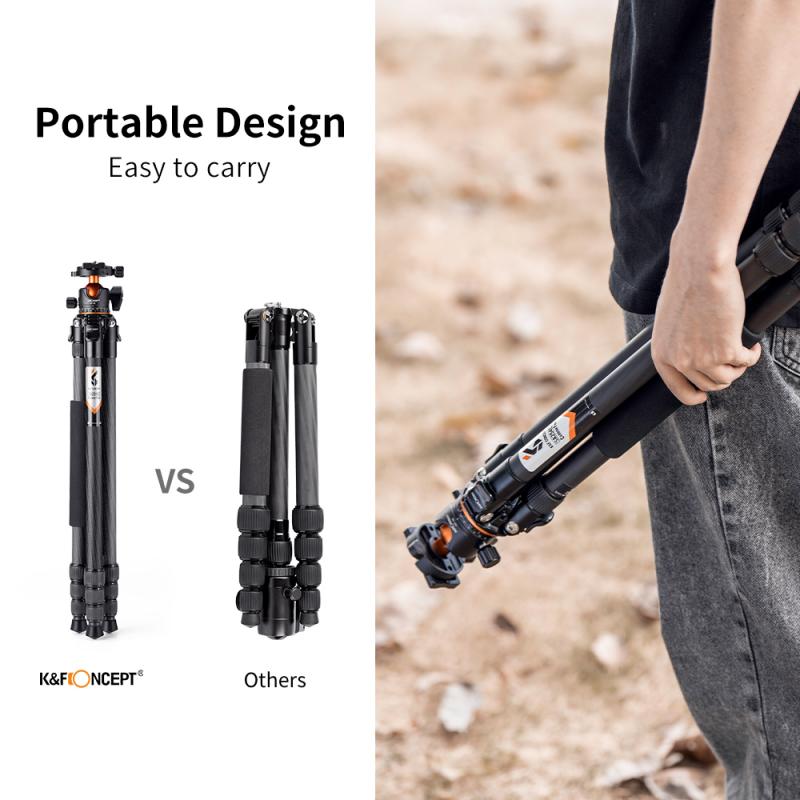
3、 Retro appeal and craftsmanship
Rangefinder cameras are known for their retro appeal and craftsmanship, which contribute to their higher price tags. These cameras have a long history and are often associated with iconic brands like Leica and Voigtlander. The design and build quality of rangefinder cameras are meticulously crafted, using premium materials and precise engineering techniques. This attention to detail results in a camera that not only functions exceptionally well but also exudes a sense of luxury and nostalgia.
One of the main reasons why rangefinder cameras are expensive is the complexity of their optical systems. Rangefinders utilize a unique focusing mechanism that involves aligning two images to achieve sharp focus. This requires intricate and precise calibration, which adds to the manufacturing cost. Additionally, rangefinder cameras often feature high-quality lenses that are renowned for their optical performance. These lenses are typically handcrafted and undergo rigorous quality control, further driving up the price.
Another factor contributing to the cost is the limited demand for rangefinder cameras. While they have a dedicated following, the market for these cameras is relatively niche compared to other camera types. This means that manufacturers have to produce them in smaller quantities, resulting in higher production costs per unit.
Furthermore, the latest advancements in technology have made digital cameras more popular and accessible. As a result, rangefinder cameras have become somewhat of a specialty item, appealing to photography enthusiasts who appreciate the unique shooting experience they offer. This exclusivity and the craftsmanship involved in their production contribute to their higher price point.
In conclusion, the high cost of rangefinder cameras can be attributed to their retro appeal, craftsmanship, complex optical systems, limited demand, and the niche market they cater to. While they may not be the most affordable option, rangefinder cameras continue to attract photographers who value their unique charm and exceptional build quality.
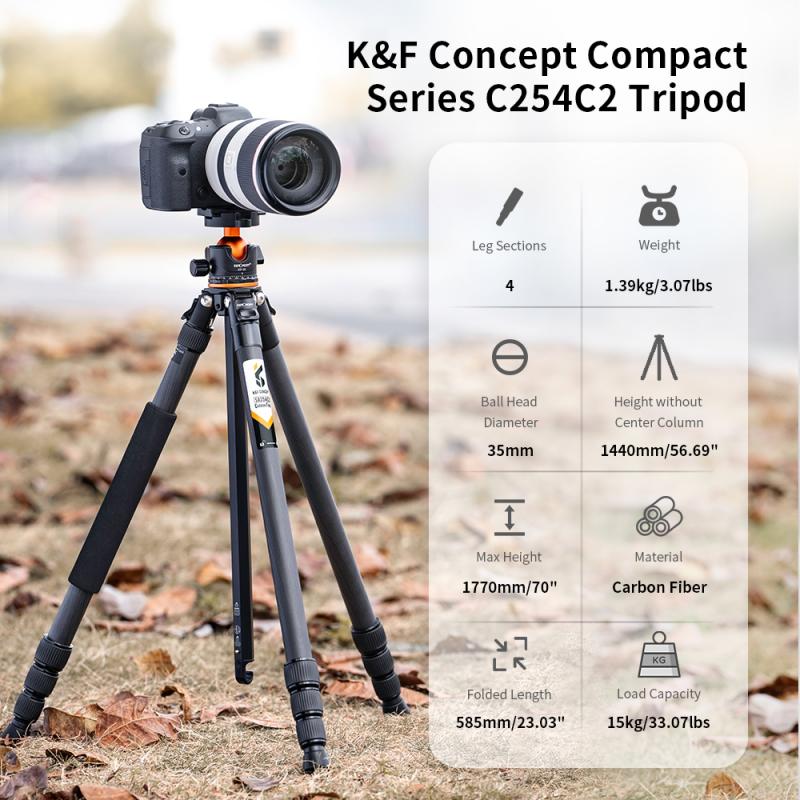
4、 Advanced technology and features
Rangefinder cameras are known for their precision, compactness, and exceptional image quality. However, their high price tags can often leave consumers wondering why they are so expensive. The primary reason for the high cost of rangefinder cameras is the advanced technology and features they offer.
Rangefinder cameras are designed with intricate mechanisms that allow for precise focusing and framing. The rangefinder system, which uses a separate viewfinder to measure the distance between the camera and the subject, requires complex engineering and calibration. This precision engineering contributes to the high manufacturing costs of these cameras.
Additionally, rangefinder cameras often incorporate high-quality lenses that are specifically designed for optimal performance. These lenses are typically made with premium glass elements and advanced coatings to minimize aberrations and maximize image sharpness. The cost of manufacturing such lenses is significantly higher compared to standard camera lenses.
Furthermore, rangefinder cameras often feature durable and premium materials in their construction. The bodies are typically made from robust metal alloys, which not only enhance the camera's durability but also add to its overall weight and feel. The use of high-quality materials adds to the production costs of these cameras.
Moreover, rangefinder cameras are often equipped with advanced features such as manual controls, customizable settings, and advanced metering systems. These features require extensive research and development, as well as additional components and software integration. The inclusion of these advanced features further drives up the cost of rangefinder cameras.
In recent years, the demand for rangefinder cameras has decreased due to the rise of mirrorless cameras and DSLRs. This decline in demand has led to a decrease in production volume, which can also contribute to the higher prices of rangefinder cameras. Manufacturers need to cover their costs and maintain profitability despite the lower sales volume.
In conclusion, the high price of rangefinder cameras can be attributed to the advanced technology and features they offer. The precision engineering, high-quality lenses, premium materials, and advanced features all contribute to the overall cost of these cameras. However, it is important to note that the market for rangefinder cameras is evolving, and new technologies and manufacturing processes may impact their pricing in the future.
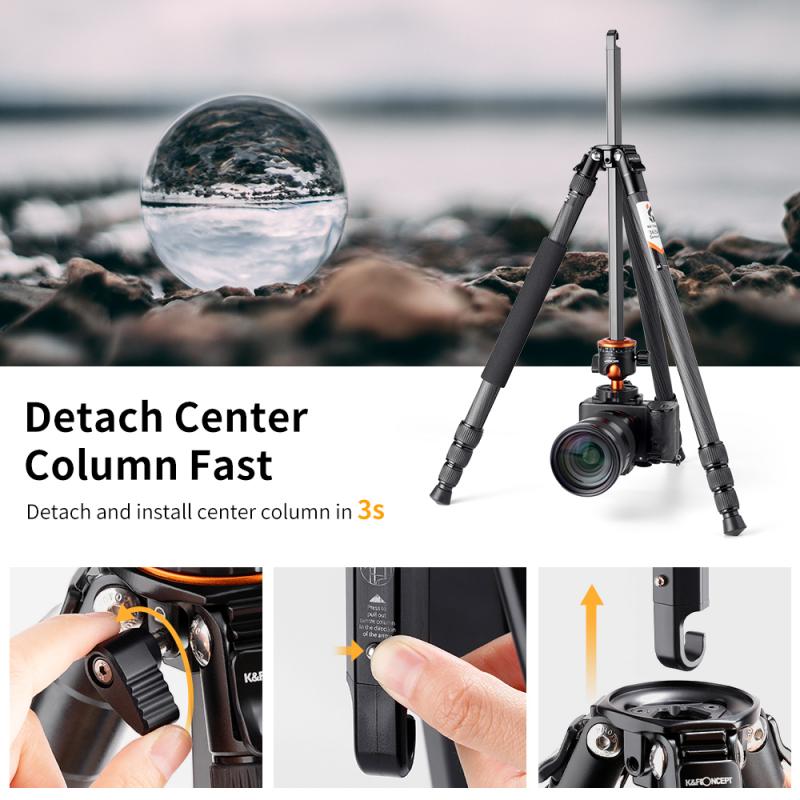

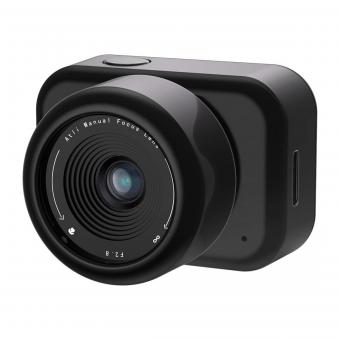
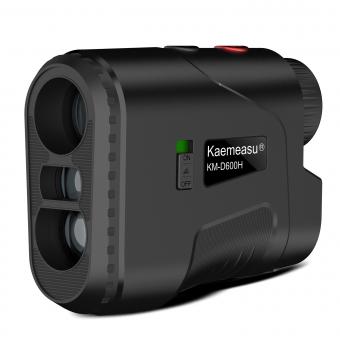




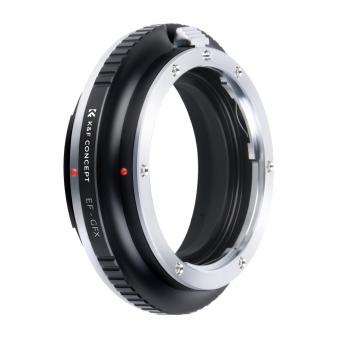
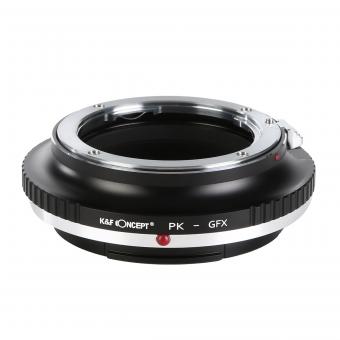





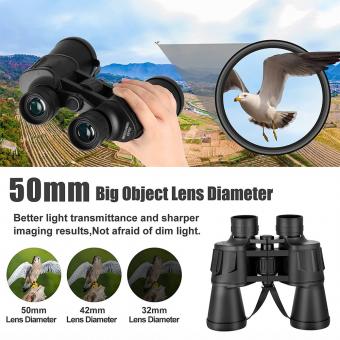


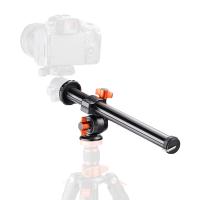


![Supfoto Osmo Action 3 Screen Protector for DJI Osmo Action 3 Accessories, 9H Tempered Glass Film Screen Cover Protector + Lens Protector for DJI Osmo 3 Dual Screen [6pcs] Supfoto Osmo Action 3 Screen Protector for DJI Osmo Action 3 Accessories, 9H Tempered Glass Film Screen Cover Protector + Lens Protector for DJI Osmo 3 Dual Screen [6pcs]](https://img.kentfaith.de/cache/catalog/products/de/GW41.0076/GW41.0076-1-200x200.jpg)

